SPONSORS

![]()
EXHIBITORS

![]()
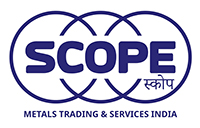
| Download Information Brochure |
| Frequently Asked Questions |
ADVANCED MATERIALS FOR DEFENCE & AEROSPACE
The Centre for Joint Warfare Studies and Indian Military Review are organising Advanved Materials for Defence & Aerospace 2023 seminar & exhibition on 22 Nov 2023 at the Manekshaw Centre, New Delhi.
Advanced Materials
Aluminum Alloys, Titanium Alloys, Stainless Steel, Nickel-Based Superalloys, Cobalt-Based Superalloys, High-Strength Steel Alloys, Composite Materials, Tungsten and Tungsten Alloys, Beryllium and Magnesium Alloys are finding wide use in Defence & Aerospace applications.
Aluminum Alloys: Aluminum alloys are widely used in the aerospace industry due to their lightweight properties and good strength-to-weight ratio. They are commonly used for structural components, aircraft bodies, and engine parts.
Titanium Alloys: Titanium alloys are highly valued in the aerospace industry for their exceptional strength, high temperature resistance, and corrosion resistance. They are used in critical components such as aircraft frames, landing gear, and engine parts.
Stainless Steel: Stainless steel is used in various aerospace applications due to its corrosion resistance, strength, and heat resistance. It finds applications in components such as exhaust systems, fuel tanks, and structural parts.
Nickel-Based Superalloys: Nickel-based superalloys are known for their exceptional high-temperature strength, creep resistance, and corrosion resistance. They are commonly used in the manufacturing of turbine blades, engine components, and other critical parts in aerospace engines.
Cobalt-Based Superalloys: Cobalt-based superalloys exhibit excellent high-temperature strength, wear resistance, and thermal stability. They are used in turbine blades, combustion chambers, and other high-temperature components.
High-Strength Steel Alloys: High-strength steel alloys with excellent mechanical properties and toughness are utilized in the defense industry for armored vehicles, naval vessels, and other applications requiring robust structural materials.
Composite Materials: While not metals or alloys, composite materials play a significant role in the defense and aerospace industries. These materials, such as carbon fiber composites, offer a high strength-to-weight ratio and are used in aircraft structures, missile components, and armor systems.
Tungsten and Tungsten Alloys: Tungsten and tungsten alloys are used in defense applications that require high density, such as kinetic energy penetrators, radiation shielding, and armor-piercing projectiles.
Beryllium: Beryllium is utilized in certain defense applications where lightweight materials with high stiffness and thermal properties are required, such as aerospace satellites and missile components.
Magnesium Alloys: Magnesium alloys offer lightweight properties and good strength-to-weight ratio, making them suitable for aerospace applications. They are used in aircraft structures, helicopter gearbox casings, and missile components.
Advanced Materials for the Air Force
Fifth-generation fighter jets incorporate advanced materials to enhance performance, stealth capabilities, and overall functionality. Some of the common advanced materials and their purposes/functions in fifth-generation fighter jets are:
Carbon Fiber Reinforced Polymers (CFRP): For airframe construction due to the high strength-to-weight ratio they offer, reducing the overall weight of the aircraft and improving fuel efficiency. CFRP materials also contribute to radar-absorbing properties, aiding in stealth capabilities.
Titanium Alloys: Used in critical structural components, such as airframe sections, landing gear, and engine components for their excellent strength and corrosion resistance while being lightweight.
Ceramic Matrix Composites (CMCs): CMCs are employed in components exposed to high temperatures, such as turbine blades and exhaust nozzles.
Stealth Coatings: Specialized coatings containing radar-absorbing materials, such as radar-absorbing paints or radar-absorbing polymers, are applied to the surfaces of fifth-generation fighter jets. These coatings help reduce the radar cross-section.
Advanced Aluminum Alloys: High-strength aluminum alloys, such as aluminum-lithium alloys, are used in various structural components, including wing structures and fuselage sections.
Graphene-Based Materials: Being explored for their potential applications due to their exceptional strength, lightness, and electrical properties make them promising materials for improving aircraft performance, reducing weight, and enhancing electrical conductivity.
Advanced Ceramic Materials: Such as silicon carbide (SiC) or alumina-based ceramics, are used in components exposed to extreme temperatures and mechanical stress.
Advanced Stealth Composites: Advanced composite materials with tailored electromagnetic properties are used in specific areas of fifth-generation fighter jets to reduce radar reflections.
Advanced Materials for Warships and Submarines
Advanced materials play a significant role in the construction of warships and submarines, providing enhanced strength, durability, and performance. Some of the advanced materials and their purposes are:
High-Strength Steel: Such as HY-80 and HY-100 offer superior strength and toughness, allowing for lighter and more resilient structures for the hull, bulkheads, and superstructure.
Aluminum Alloys: Aluminum alloys possess good corrosion resistance and are commonly utilized in non-structural components such as superstructures, deckhouses, and equipment enclosures.
Composite Materials: Composite materials, including carbon fiber reinforced polymers (CFRP) and glass fiber reinforced polymers (GFRP), with high strength-to-weight ratios, corrosion resistance, and improved stealth capabilities are used in components such as masts, radomes, propeller shafts, and sonar domes to reduce weight and increase performance.
Titanium Alloys: Due to their excellent strength, corrosion resistance, and light weight Titanium alloys are commonly used for propellers, shafts, fasteners, and valves.
Non-Skid Decking: Non-skid deck coatings are used to provide secure footing and enhance safety on the decks of warships and submarines.
Advanced Ceramics: Such as silicon carbide (SiC) and aluminum oxide (Al2O3), due to high hardness, wear resistance, and thermal stability are used in components like armor plates, radomes, and insulators.
Acoustic and Sonar Materials: These materials, such as anechoic coatings or tiles, are designed to absorb or scatter sound waves, reducing the vessel's acoustic signature and improving stealth capabilities.
Fiber Reinforced Polymers (FRP): Composites such as fiberglass provide good resistance to corrosion and are often employed in non-structural components, including piping, cable trays, and interior fittings.
Advanced Materials for Land Systems and Missiles
A wide variety of advanced materials are utilized in artillery guns, battle tanks, and missiles to improve performance, durability, and overall effectiveness. Here are some of them:
High-Strength Steel: Such as armour-grade steel, are extensively used in artillery guns, battle tanks, and missiles due to excellent resistance to penetration and deformation, enhancing the protection and survivability of the equipment.
Composite Armor: High-strength materials, such as ceramics and fibers, are used to increase the protection level against various threats while keeping weight to a minimum.
Reactive Armor: Reactive armor is commonly used on the exterior surfaces of battle tanks and some missile systems to provide increased protection against shaped charges and high-explosive anti-tank (HEAT) projectiles.
Ceramic Materials: Boron carbide and aluminum oxide are used in the construction of armor plates and components for their exceptional hardness and resistance to penetration.
Titanium Alloys: Often used in artillery guns, battle tanks, and missile systems for their high strength-to-weight ratio and excellent corrosion resistance.
Advanced Propellant Materials: Such as composite propellants and double-base propellants, offer improved burn rates, stability, and energy efficiency increase enhanced range, accuracy, and reliability of artillery guns and missile systems.
Advanced Guidance System Materials: Guidance systems rely on materials such as semiconductors, integrated circuits, and microelectronics.
Composite Materials for Missile Airframes: Missile airframes often utilize carbon fiber reinforced polymers (CFRP), for their lightweight and high-strength characteristics.
Recent Developments in Advanced Materials
The field of advanced materials in defense and aerospace applications is constantly evolving, with ongoing research and development efforts to enhance performance, durability, and functionality. Some of the latest developments in advanced materials for defense and aerospace include:
Carbon Nanotubes (CNTs): Carbon nanotubes are being explored for applications such as lightweight and high-strength composites, conductive coatings for electromagnetic shielding, and energy storage devices.
Graphene: Graphene is being investigated for applications like lightweight and strong composites, high-performance sensors, and energy storage systems. Its unique properties hold promise for next-generation aerospace materials.
Additive Manufacturing (3D Printing): Additive manufacturing, or 3D printing, is transforming the production of components and structures in defense and aerospace. This technology allows for the fabrication of complex geometries, rapid prototyping, and on-demand manufacturing.
Ceramic Matrix Composites (CMCs): CMCs are being used in aerospace applications such as engine components, thermal protection systems, and structural elements.
Shape Memory Alloys (SMAs): SMAs are finding applications in areas like actuation systems, adaptive structures, and smart materials.
Bio-inspired Materials: Biomimicry is inspiring the development of advanced materials. Examples include lightweight structural designs based on natural forms, self-healing materials inspired by biological systems, and adaptive materials that respond to external stimuli.
High-Performance Composites: Continuous advancements in composite materials, such as carbon fiber reinforced polymers (CFRP), are driving improvements in strength, stiffness, and weight reduction.
WEDNESDAY, 22 NOVEMBER 2023
SESSION 1 – INAUGURAL SESSION (0930 – 1040 hrs)
Welcome Address Lt Gen Sunil Srivastava, AVSM, VSM**, Director, CENJOWS
Inaugural Address Dr Samir Kamat, Secretary DD R&D and Chairman DRDO.
Keynote Address. Lt Gen Manjinder Singh, YSM, VSM, DCIDS (PP & FD), HQ Integrated Defence Staff.
Special Talk. Maj Gen CS Mann, VSM, Addl DG Army Design Bureau.
Industry Perspective Col KV Kuber, Director Defence & Aerospace, Ernst & Young.
Release of Report EY-IMR Knowledge Paper on Air Defence.
1045 – 1115 hrs Refreshment break and exhibition.
SESSION 2 – ADVANCED MATERIALS FOR AEROSPACE (1115–1240 hrs)
Chairperson: Air Vice Marshal Yalla Umesh VSM, Asst Chief of Air Staff (Engineering A), Air HQ
1115 – 1130 hrs Introduction of speakers and Opening Remarks by the Chairman.
1130 – 1140 hrs Stealth Materials, Components and Technologies for Aero applications. Prof Ravi Sankar Kottada, Metallurgical & Materials Engineering, IIT-M.
1140 – 1150 hrs Superalloy Casting Technologies For Aero Gas Turbine Engine Applications. Sh Alok Singh Chauhan, DMRL, DRDO.
1150 – 1205 hrs Industry Presentation. Mr Srinath Ravichandran, CEO Agnikul Cosmos.
1205 – 1220 hrs Industry presentation.
1220 – 1235 hrs Q&A.
SESSION 3 – ADVANCED MATERIALS FOR LAND SYSTEMS, MISSILES AND NAVAL APPLICATIONS
Chairperson: Rear Adm K Srinivas, Asst Chief of Materials (Dockyards & Refits), Naval HQ
1235 – 1250 hrs Introduction of speakers and Opening Remarks by the Chairman.
1250 – 1300 hrs Special materials for ship and submarine building. Cdr BK Singh, DND (SDG), Naval HQ.
1300 – 1315 hrs Latest development in /Impact absorbing Body Armour. Prof Ghosh, CME Pune.
1315 – 1330 hrs Panel discussion.
1330 – 1430 hrs Lunch and exhibition.
SESSION 4 – SMART & FUTURE MATERIALS/ RARE EARTHS & SEMICONDUCTORS (1430 – 1545 hrs)
Chairperson: Asst Chief of Naval Staff (Staff Requirements), Naval HQ
1430 – 1445 hrs Introduction of speakers and Opening Remarks by the Chairman.
1445 – 1500 hrs Smart and Future Materials and Rare Earths. Sh Anuttam Mishra, Indian Rare Earths Limited.
1500 – 1510 hrs Smart polymer, fibre & fabrics for stealth, extreme cold, fire resistant & ballistic protection. Dr Kingsuk Mukhopadhyay, Sc H, DMSRDE, DRDO.
1510 – 1520 hrs Smart Memory Alloys. Dr. Apurba Sinhamahapatra, CSIR-CIMFR, Dhanbad.
1520 – 1530 hrs Smart Materials for Future Military Electronics Applications . Sh KNS Pavan Kumar, Scientist B, YSL-Smart Materials, DRDO.
1530 – 1545 hrs Q&A.
SESSION 5 – ADDITIVE MANUFACTURING AND 3D PRINTING (1545 – 1715 hrs)
Chairperson: Prof Murugaiyan Amirthalingam, Assoc. Prof, Joining and Additive Manufacturing Lab, IIT-M.
1545 – 1600 hrs Introduction of speakers and Opening Remarks by Chairman
1600 – 1610 hrs Additive Manufacturing of Metallic Components for Defence Applications. Sh V Srinivas, Scientist 'E', DMRL, DRDO.
1610 – 1625 hrs Advanced materials for Metal Additive Manufacturing through Ultrasonic atomization technology. Mr Ram Kumar Krishnan, Director Applications & Consulting, Intech Additive Solutions.
1625 – 1640 hrs Application of additive manufacturing in Industries. Mr S Muralishankar, Managing Director, Super Auto Forge.
1640 – 1655 hrs Q&A.
Closing Remarks. Lt Gen Sunil Srivastava, AVSM, VSM**, Director, Centre for Joint Warfare Studies
Vote of Thanks. Maj Gen Ravi Arora, Chief Editor, Indian Military Review.
1715 onwards Refreshments and dispersal.
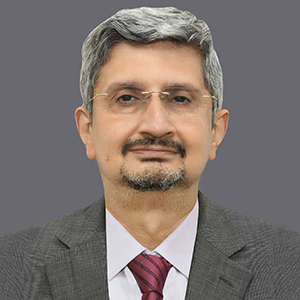
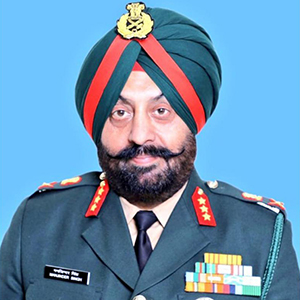
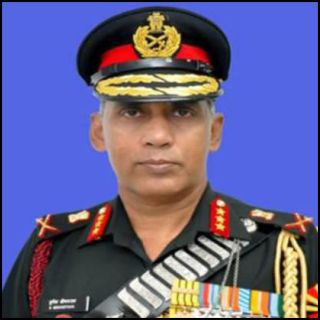
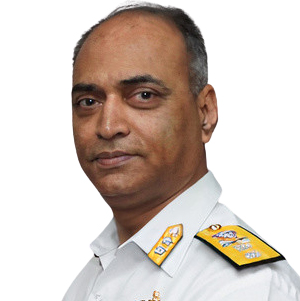
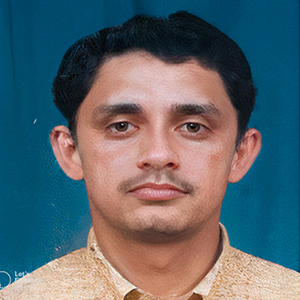

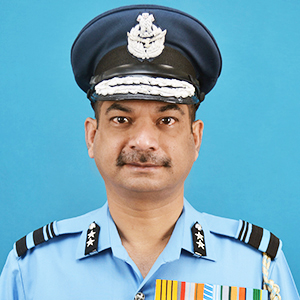
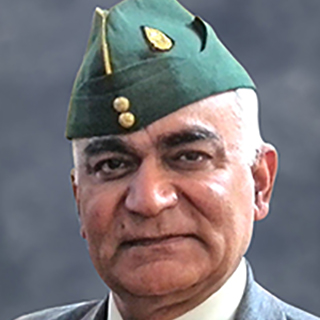
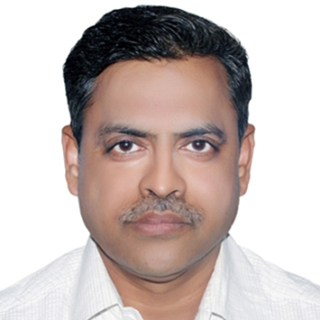
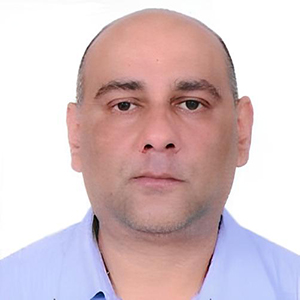

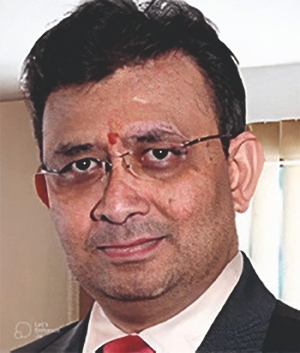
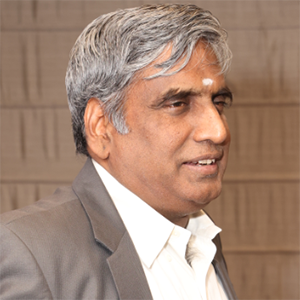

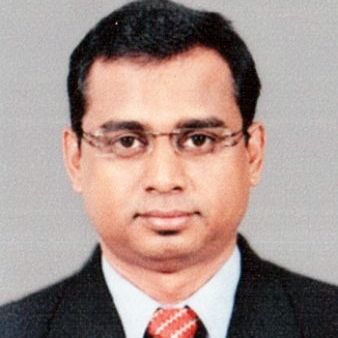
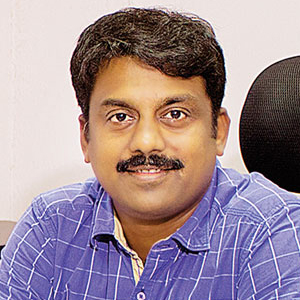
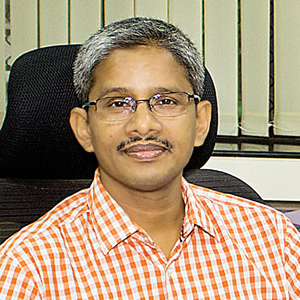
For Registered Users and Valid Pass Holders
Log-in with username "guest@mail.com" and password "guest"
If not already registered, buy a pass now from the options below.
